Best Underwater Pictures: Winners of 2012 Amateur Contest
By National Geographic News, 26 April 2012.
By National Geographic News, 26 April 2012.
Overall Winner
A head-shield sea slug pauses on a blade of grass in the U.S. Virgin Islands in the winning image of the University of Miami's 2012 amateur Underwater Photography Contest, whose results were announced this month.
"Everybody looked at that photo and said, Wow...Everything is just so appealing to the eye," according to judge Michael Schmale, an amateur underwater photographer and professor of marine biology and fisheries at the university.
The judges - Schmale and two other underwater photographers - were also impressed by how sharply photographer Ximena Olds captured the tiny creature, which is less than an inch (2.5 centimetres) long.
"One of the great things about a contest like this is that it gets people seeing the ocean through other eyes," Schmale said.
"A really good photographer, like a painter or sculptor, doesn't just make a snapshot of something - but they capture something about the environment that strikes them."
First Place: Macro Photography
Two yellow-nose gobies peek out of a brain coral off the Caribbean island of Bonaire (map) in a macro, or close-up, picture.
"There's something really appealing at looking at the macro world," Schmale said. "All three of the [winning] macro photos made a huge impression on me."
Created in 2005 for South Florida photographers, the Rosenstiel School of Marine and Atmospheric Science's Underwater Photography Contest has surprised organizers by catching on internationally. This year's competition saw 500 entries from around the world, Schmale noted.
First Place: Marine Animal Portrait
Pictures of whales in the open ocean "often take my breath away, because I realize what an incredible encounter that must have been - to be that close to a juvenile sperm whale [pictured], which, by the way, probably has a watchful mother nearly," Schmale said.
In this image captured near the Caribbean island of Dominica, "you see the dappled sunlight on the whale's nose - the whole feeling of that photo conveys just an incredibly dramatic scene."
First Place: Wide-Angle
"What they'll often do is use their pectoral fins like fans and gently herd a school of little fish in front of them...and then inhale them once the fish is in front of their mouth," Schmale said.
This "beautiful" fish has spread beyond its native environment, however, and is now a threat to other fish species in the Caribbean.
First Place: Student Photography
The ocean's biggest fish - reaching lengths of up to 40 feet (12 meters) - whale sharks usually stick to themselves as they cruise tropical waters looking for plankton and other small prey.
But in 2009 aerial and surface surveys spotted a swarm of at least 420 of the sharks rubbing fins as they gorged on fish eggs. (See pictures of the whale shark swarm.)
Second Place: Marine Life Portrait
The "remarkable and very rare fish" has some clever adaptations to blend into its environment, Schmale said.
In addition to its camouflaging colours, the fish has transparent spots in its pectoral fins. The "windows" help break up its outline, making it easier to sneak up on prey.
Lastly, the fish's false eyes (the two white dots) might also help trick prey, Schmale speculated.
Second Place: Student Photography
Harlequin shrimp - such as the one in this winning picture taken in Thailand's Similan Islands - mate for life, and the pairs work together to capture and kill their favourite prey: starfish.
One of the shrimp locates a starfish, flips it over, and drags the prey into the shrimp's lair. The couple then devours the starfish's internal organs, starting from the tips of its arms down to its central disk - keeping their victim alive for as long as possible.
Second Place: Wide-Angle
Schools of fish flash among red mangrove in the Bahamian island of South Bimini.
Mangroves serve as vital, intermediate nurseries as coral reef fish journey from their "cribs" in sea-grass beds to the large coral reef ecosystems where the fish spend their adulthoods.
Second Place: Macro Photography
Perhaps only a half inch (1.3 centimetres) long, according to Schmale, a porcelain crab perches on a feathery sea pen in Komodo National Park, Indonesia.
"The colour palette is almost monochromatic...I thought that was beautiful," Schmale said.
Third Place: Marine Life Portrait
Nudibranchs - such as this Cratena peregrina caught on camera off Greece - are roughly finger-size sea slugs whose 3,000-odd species thrive in seas cold and warm, shallow and deep. Whereas their ancient ancestors slipped across the seafloor in defensive shells, these gastropods come armed with toxic secretions and stinging cells.
Third Place: Macro Photography
The tiny shrimp - each eye is only a millimetre wide - use the sea cucumbers as dining cars, eating whatever passes by.
The "picture captures that environment - they're riding on top of the train," Schmale said.
Third Place: Student Photography
A widespread species, the tiger shark is comfortable in both the open ocean as well as shallow coastal waters, according to the Florida Museum of Natural History.
The less wide-ranging lemon shark inhabits subtropical, shallow waters among coral reefs, mangroves, enclosed bays, sounds, and river mouths.
Third Place: Wide-Angle
Orange anthias fish swim amid soft corals in the Fiji Islands. Coral reefs cover less than one percent of the ocean floor but support about 25 percent of all marine creatures, according to the Coral Reef Alliance.
Fan Favourite
Backlighted by the rising sun, a sea nettle jellyfish pulses across California's Monterey Bay in the Rosenstiel School contest's first "fan favourite" picture, chosen via online poll.
Its trailing appendages covered in stinging cells, a sea nettle typically transfers captured prey from the jelly's slender tentacles to its ruffled mouth-arms to its mouth, hidden inside the sea nettle's bell. (See pictures of giant jellyfish off Japan.)
[Source: National Geographic News. Edited. Top image added.]
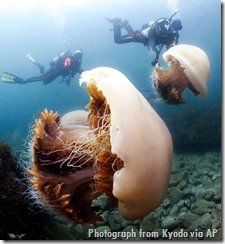
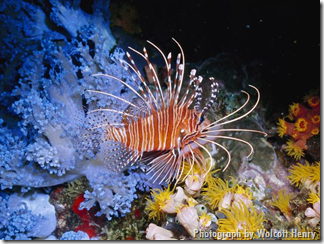
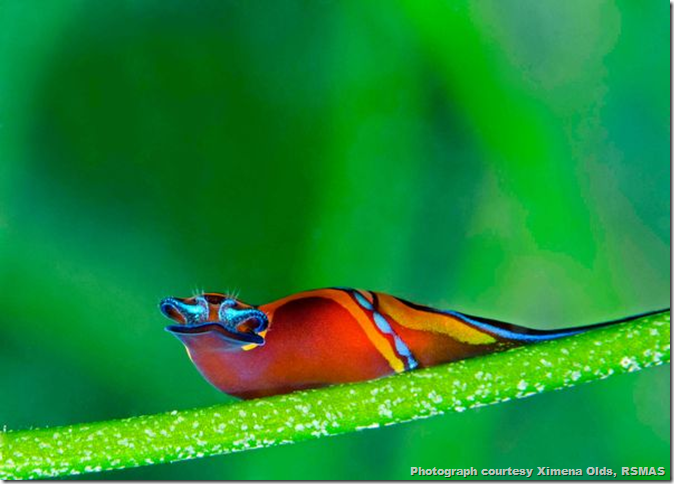
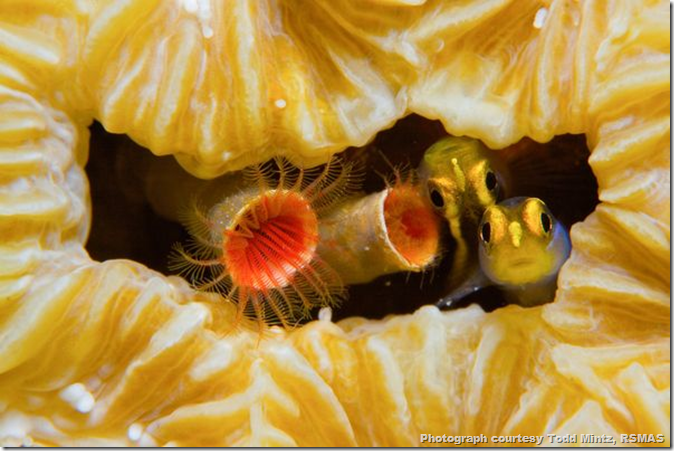
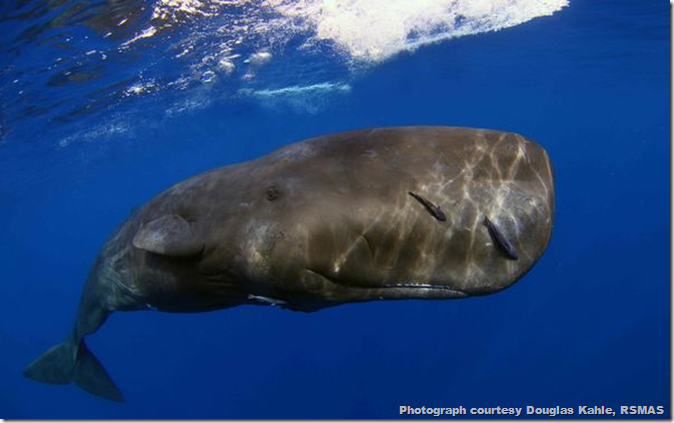
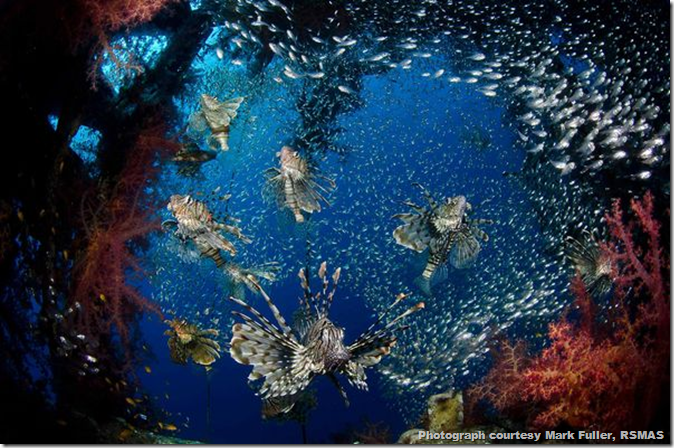
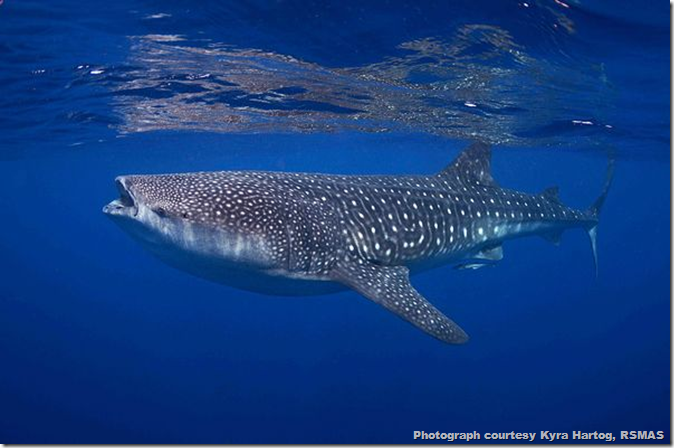

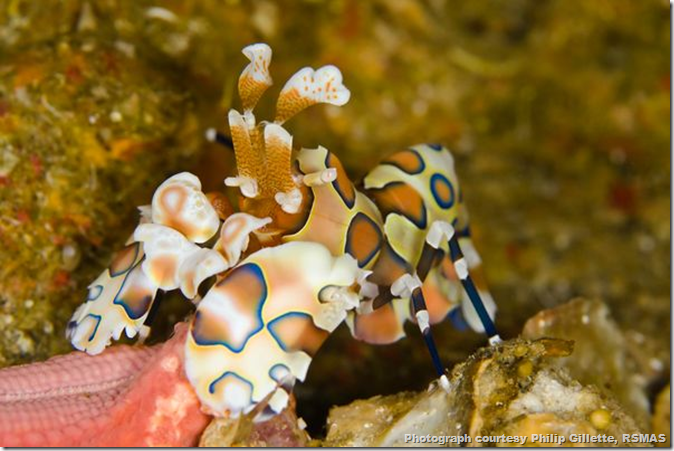
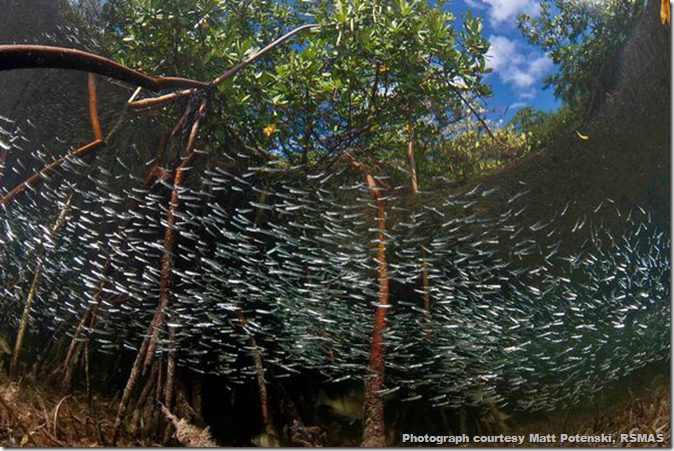
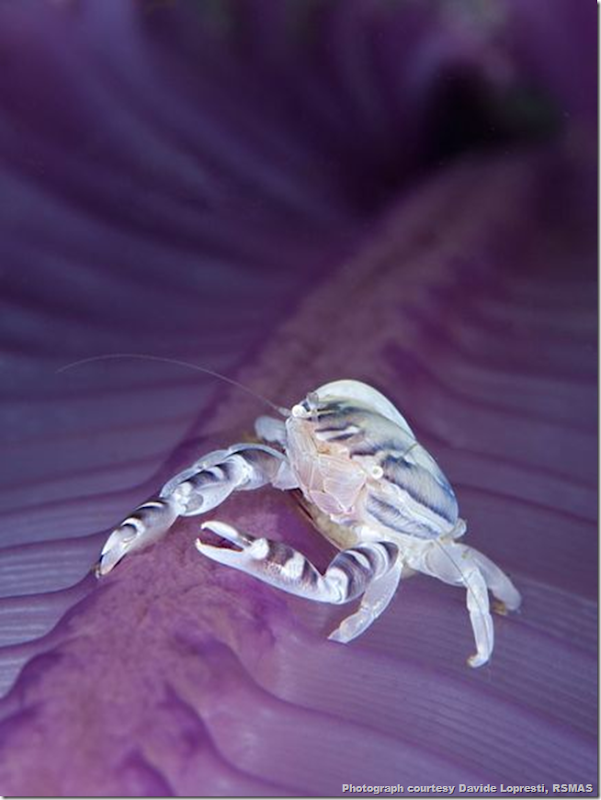
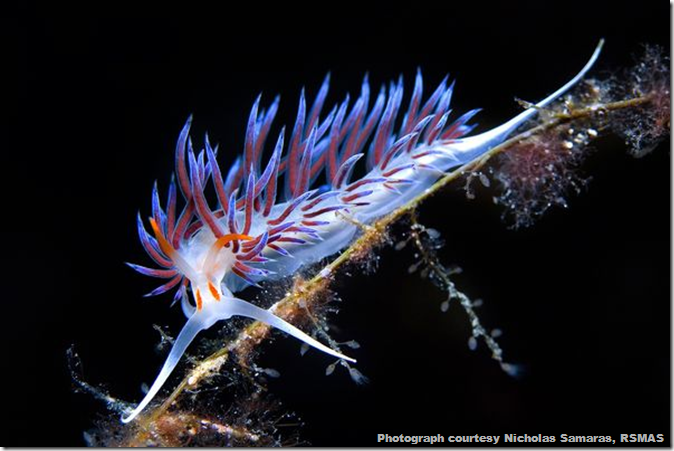




No comments:
Post a Comment
Please adhere to proper blog etiquette when posting your comments. This blog owner will exercise his absolution discretion in allowing or rejecting any comments that are deemed seditious, defamatory, libelous, racist, vulgar, insulting, and other remarks that exhibit similar characteristics. If you insist on using anonymous comments, please write your name or other IDs at the end of your message.